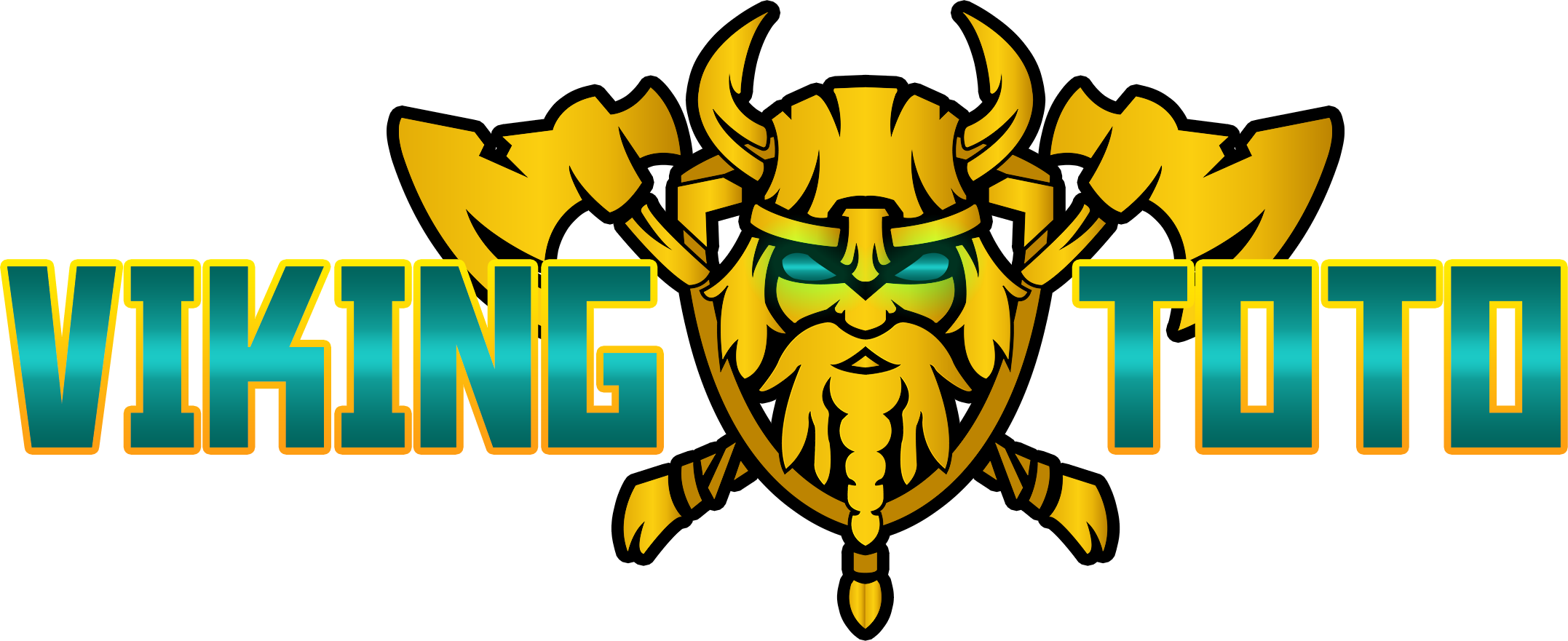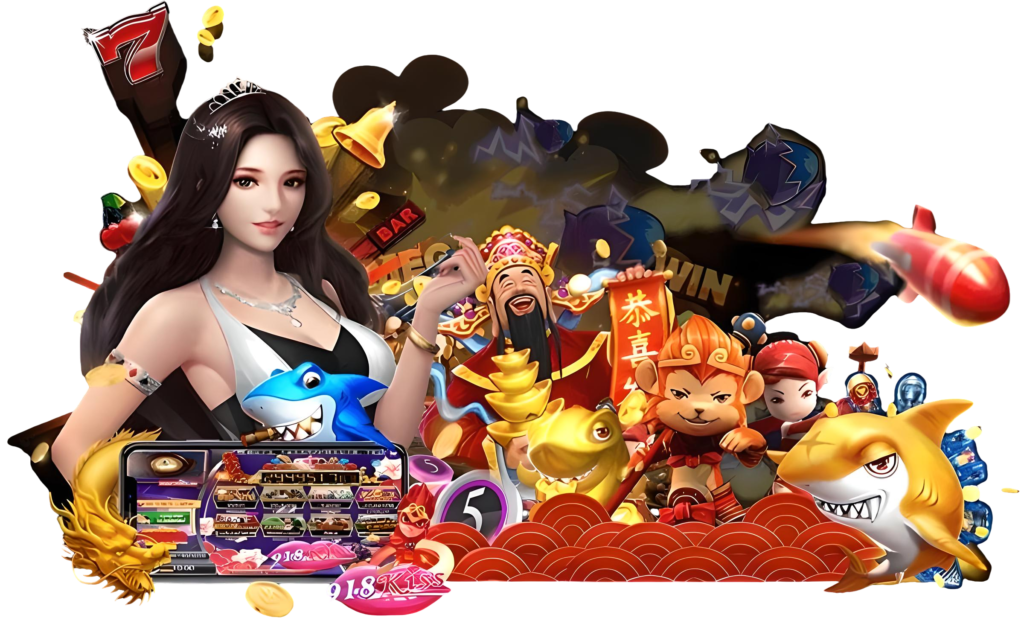
Online gaming platforms have seen a surge in popularity, drawing in millions of users across the globe. Yet, not every platform manages to hold onto its players for long. What makes the difference between a game that fades and one that players return to daily? It’s not just flashy graphics or catchy music—it’s the deeper, thoughtfully designed features that make each session memorable, rewarding, and worth repeating.
From smart reward systems to immersive game mechanics, the driving force behind player loyalty goes far beyond surface-level entertainment. Let’s take a closer look at the in-game strategies that keep the digital world spinning for hours on end.
Seamless Login and Accessibility
One of the first features that determine a player’s return is the ease of access. No one wants to jump through hoops just to enjoy a quick session. Games that streamline the login process, offer fast loading times, and have mobile compatibility gain an edge.
User convenience plays a huge role in engagement. When players can dive into their favorite games without dealing with crashes or lag, they’re more likely to make it a routine. Platforms like mega 888 login page are structured in a way that simplifies the entry process, letting users focus on the fun part—actually playing.
Consistent Reward Systems
What keeps players interested in coming back is not just what happens during the gameplay, but also what they gain from it. A well-crafted reward system taps into human psychology. Whether it’s daily bonuses, level-up perks, or surprise loot drops, these features create a compelling loop.
Players start anticipating their next login—not just for the thrill of competition, but because they know there’s always something waiting for them. Even small daily rewards, if done right, can create habits. It’s all about offering value, even if it’s digital. A badge, a unique skin, or a coin bonus can go a long way in building loyalty.
Skill Progression and Achievement
Games that offer clear progress paths attract players who love growth and challenge. A player should never feel like they’re stuck in a loop. Instead, they should feel like they’re constantly moving forward—learning, improving, and leveling up.
That’s why skill-based matchmaking, tier systems, and personal achievement badges are powerful motivators. They provide recognition. Whether it’s climbing a leaderboard or mastering a difficult stage, progression-based features give players a sense of purpose. It’s this purpose that often keeps them returning, determined to hit the next milestone.
Variety Keeps It Fresh
The thrill fades when repetition sets in. To avoid this, game developers often introduce rotating challenges, limited-time events, or season-based content. These features change the landscape regularly and prevent staleness.
Even slight modifications—like a new weapon, a temporary map, or time-limited missions—can re-spark a player’s curiosity. Smart game design ensures that even veteran players are constantly presented with something new to try or unlock. It’s not about overwhelming users with change but keeping things just unpredictable enough to stay exciting.
Social Interaction and Community
Gaming has evolved from a solo hobby to a deeply social experience. The ability to chat, team up, or even compete against friends adds layers of enjoyment. Multiplayer elements and interactive leaderboards bring out players’ social instincts—whether that means showing off a high score or organizing team strategies.
Community forums, guilds, and clan systems go beyond in-game mechanics. They build relationships and rivalries that stretch over weeks, months, even years. Players return not only for the game but for the people they’ve met in it.
Personalization and Player Identity
The more a player feels like the game reflects who they are, the deeper their connection to it. Customization options—like avatars, skins, banners, and nicknames—give players a way to stand out.
These options transform a game from a shared experience into something personal. Even choices like selecting a favorite character or choosing an outfit can strengthen a player’s bond with the game. The more freedom people have to express themselves, the more ownership they feel, and the more likely they are to return.
Balanced Monetization
Free-to-play games often come with in-game purchases. However, how those purchases are structured makes a huge difference in retention. Players are more inclined to support games that don’t feel greedy or manipulative.
Fair pricing, optional ads, and non-pay-to-win models earn trust. When purchases are seen as value-added instead of a necessity, players feel in control. This trust helps build long-term loyalty rather than frustration or burnout.
Smart Notifications and Timed Engagement
Notifications can be powerful when used correctly. A gentle nudge about a new update, bonus event, or forgotten login reward can pull a player back in. The timing and tone of these messages matter.
Rather than flooding users with alerts, the most effective games send reminders that actually benefit the player. “Your gift box is waiting,” or “New quest unlocked!” are more persuasive than generic pings. These prompts should always tie back to genuine in-game rewards or experiences—not just empty marketing.
Feedback Loop and Game Improvements
Players notice when developers care. Games that actively collect and respond to feedback generate stronger community ties. Whether it’s fixing bugs, improving mechanics, or adding fan-requested content, responsiveness makes users feel heard.
Patch notes, dev logs, and public roadmaps build transparency and trust. Players who believe their input has value are more likely to stay engaged—and even advocate for the game to others.
Challenge Without Frustration
No one enjoys a game that’s too easy, but frustration can kill engagement. The balance lies in creating challenges that require thought and effort without punishing the player unnecessarily.
Checkpoints, hints, and adaptive difficulty can help strike this balance. Games that let players feel smart, rather than lucky or overwhelmed, tend to have longer retention. It’s about respecting the player’s time and intelligence.
Sound, Visuals, and Mood
While mechanics keep players coming back, ambiance keeps them immersed. A game’s visuals, soundtrack, and UI design can significantly influence mood. Cozy games with calming tones and bright aesthetics attract a certain crowd, while darker, more intense environments appeal to others.
The key is consistency. When a game’s audio-visual experience aligns with its gameplay, it becomes more memorable. Returning to the game feels like entering a familiar world—comfortable, challenging, and fun.





